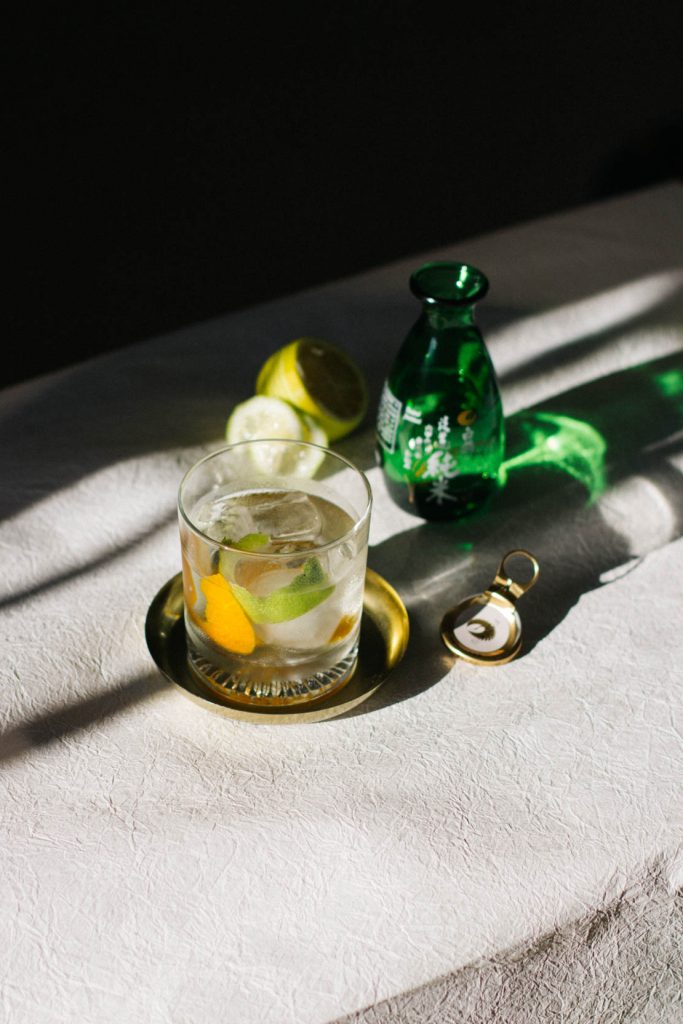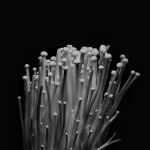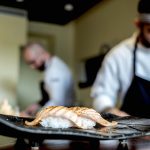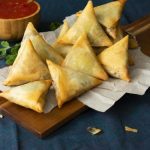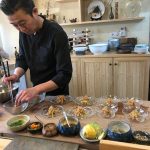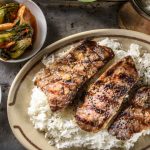Temaki: the sushi cone

To all the sushi lovers out there… this article is for you ;). By now, whether you like it or not, you probably know what sushi is, the star dish of Japanese cuisine. But are you familiar with temaki? This dish, which is still becoming popular in Western kitchens, contains the same ingredients as sushi but with the particularity of being presented in the shape of a cone. That’s why it’s a perfect option for making it at home, as you don’t need to have a master’s degree in rolling it up on a mat, but you can make it with your own hands.
What is sushi
Before we start diving into temaki, let’s recall the essential characteristics of sushi, which is, after all, the origin of this recipe.
Sushi is one of the most famous Japanese dishes in the world. It is made with rice seasoned with vinegar and is usually accompanied by seafood, fish or vegetables. There are different varieties of sushi depending on the form in which these ingredients are presented. The best known are maki, nigiri, uramaki, gohan, gunkan and temaki.
What is temaki?
In Japanese, the term “maki” refers to any type of sushi roll that incorporates nori seaweed, and “te” means hand. Thus, temaki is defined as a variety of sushi that is characterised by being rolled by hand, in the shape of a cone. The most important part of this recipe is the type of seaweed on the outside, nori seaweed, which is used to make the characteristic cone shape. For the filling, the same options can be used as for sushi, the most common ingredients being rice, fish or meat, and vegetables. It can also be accompanied by delicious sauces such as teriyaki sauce. So, let’s say that the three key points to be able to make a good temaki are:
- Sushi rice. This rice has to be short-grain so that it is more sticky and acquires a better shape once the temaki is rolled. To prepare it, simply cook the rice with a little vinegar, salt and sugar.
- Nori seaweed. The most important thing is to try to find the best quality.
- Ingredients for filling. Choose the ones you enjoy the most!
Because of its large size, temaki can be eaten with your hands, so you can eat it whether you go to a restaurant or you need a quick bite to eat on the street. Thanks to its versatility, you can enjoy it on any occasion.
Buy Japanese ingredients to make temaki
[imacPrestashop_productos productos=”5930, 2075,2079,4361, 179,177,3091,6593,4933,731,6526,3680″]
Origin of temaki
The origin of temaki can be traced back to 19th century Edo, where the people who lived there needed to create some kind of fast food that resembled the sushi they loved so much but was more convenient to eat. Thus, temaki was born.
The conical shape of temaki was created mainly so that the rich soy sauce that accompanies sushi could be incorporated into the roll itself without dripping. The Japanese only had to pick up their roll and eat it with their hands, no chopsticks, plates or anything else was needed.
For this reason, temaki became more and more popular to the point of becoming one of Japan’s favourite street food alternatives. Although it can also be found in restaurants, this variety is most often prepared at street stalls, at family gatherings or with friends at home.
How to make temaki
If temaki has caught your eye but you don’t even know where to start preparing it, here is a step-by-step guide on how to make it:
- Cut a square sheet of nori seaweed in half or in a quarter. Depending on which of the two ways you choose, the result will be more professional or more artisan.
- Place the nori seaweed with the shiny side down.
- Place ¼ cup of sushi rice at a 45-degree angle on the top left corner of the seaweed sheet and spread it out evenly.
- Add your favourite ingredients on top of the rice: avocado, salmon and pineapple.
- Roll the bottom left corner halfway up the top edge of the nori seaweed to create a triangle and roll it into a cone shape.
- Put a little rice on the tip of the seaweed to make the cone stand up better.
- Finally, don’t forget to serve with your favourite toppings and sauces – enjoy!
Expositores Oriental Market
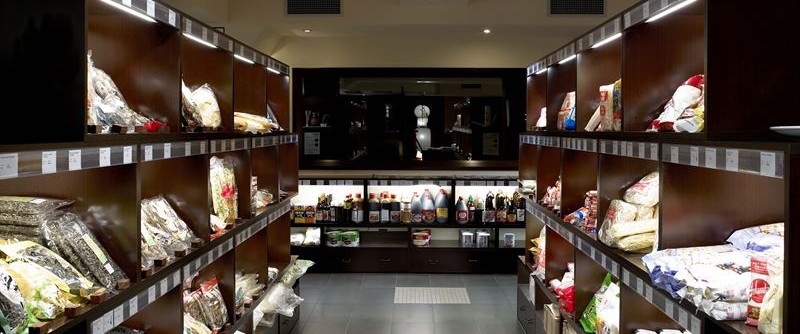
As specialists in oriental food and experts in providing a personalised service to all our customers, at Oriental Market we offer you the best solution for making the most of Asian products at the point of sale. Tailor-made displays that include in an organised way all the novelties in oriental food of our best brands. A more eye-catching and original way of making a quality product and all the necessary information for its application in the kitchen available to consumers.
Recipe for Crispy Duck Breast with mandarin and watercress sauce.

It’s been a while since we’ve talked about recipes and today the big day has arrived. Because this Tuesday we are going to show you how to prepare a delicious crispy duck breast accompanied by a delicious mandarin sauce and watercress, a combination that reflects typical Chinese food. A very tasty dish that can even be served with soba noodles. Shall we get to work on this traditional Chinese dish?
Shiratama with anko and kinako recipe

Recipe by comerjapones.com
Shiratama literally means “little white balls” and are made with glutinous rice flour called shiratamako. Its texture and taste is halfway between gnocchi and (mochi 餅) or glutinous rice cakes.
A 100% oriental Christmas

This year, at Oriental Market we propose you to experience a different kind of holiday season. With family and friends as always, but with surprising flavours and aromas of Asian gastronomy. Because 2017 is a year of change and we want everyone to have the opportunity to start it in a special way. If you want to enjoy a Christmas Eve or New Year’s Eve dinner with an oriental touch, here is the shopping list of your must-haves: Read more
Instant Ice Plates!
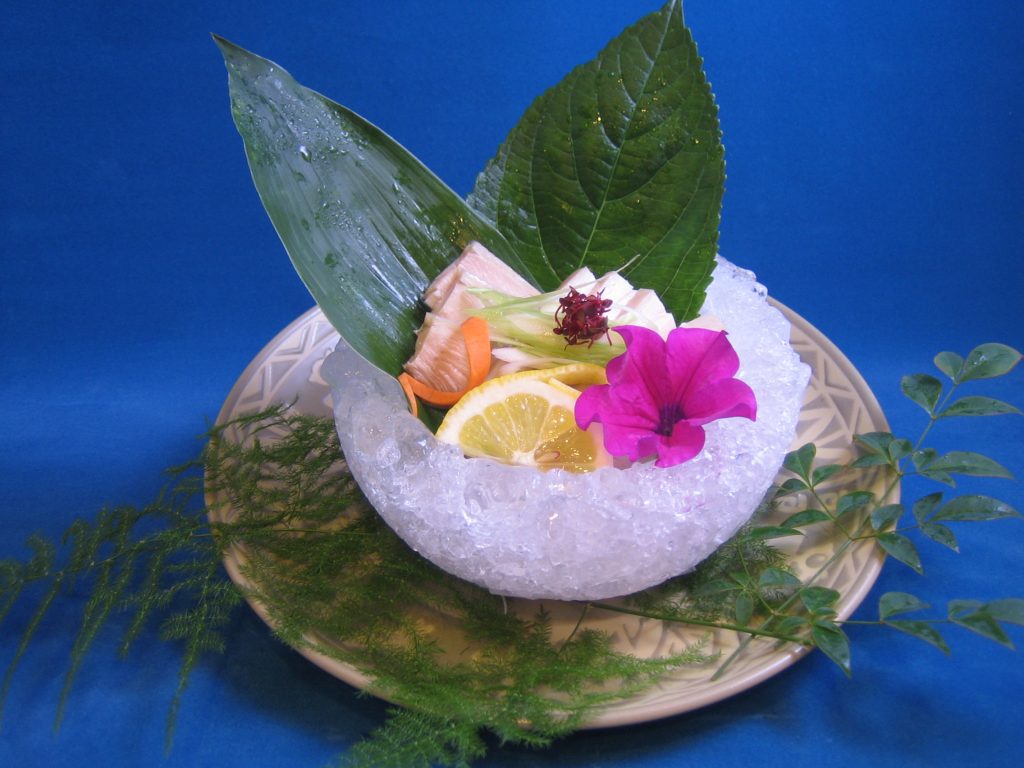
This summer, Oriental Market is pleased to introduce you to the world’s latest innovation in plating. Because now you can instantly create your own bowls or plates, in different shapes, using only ice!
Read more
Miso soup: Asia’s hot dish
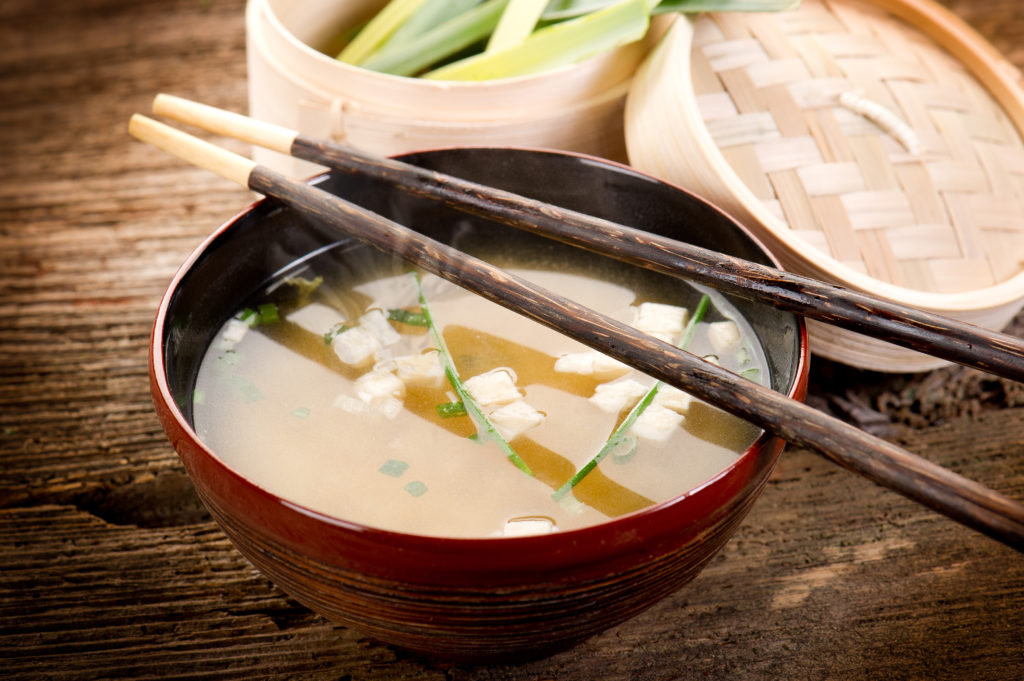
Even though we are still in the middle of summer, and recipes such as salads are still in season. Many of you are probably already looking forward to the autumn and winter season, when the cooler temperatures invite us to enjoy the traditional Asian soup once again. Known as miso soup, this dish is a staple on Japanese menus. It is served for breakfast, lunch or dinner and is always served with rice.
Read more
What is ginseng? Properties and benefits
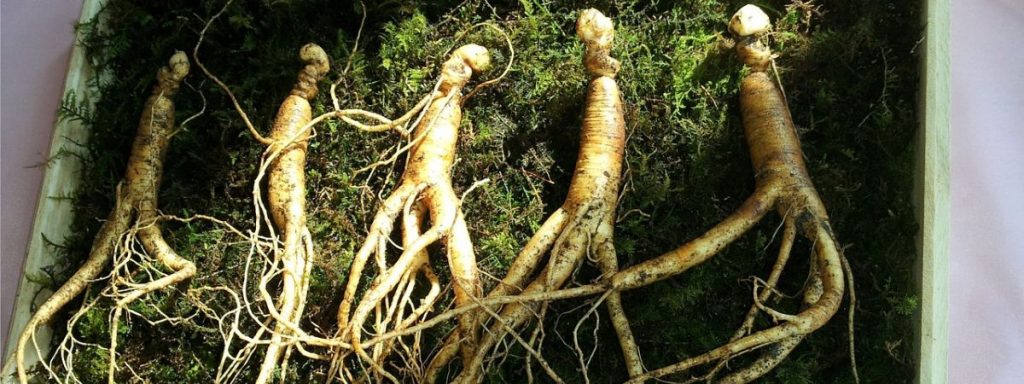
In recent years, the trend to buy natural products that have beneficial health properties has increased considerably. Natural medicine has been making its way into the homes of many families, not to replace traditional medicine, but rather to complement it. Ginseng, for example, is a root of Asian origin that has been used for hundreds of thousands of years in traditional Chinese medicine for its many medicinal properties. Today we invite you to discover it.
What is ginseng?
Ginseng is a slow-growing perennial plant belonging to the genus Panax, of the Araliaceae family. In some regions of Asia and China, it is also known as “Ginnsuu”. Depending on the time of cultivation, it can be classified into three types: white, fresh or red. The fresh variety is harvested before the age of 4 years, white ginseng is harvested between 4 and 6 years, and red ginseng is harvested after 6 years.
The term ginseng is derived from the Chinese “rénshēn”. Rén means “person”, while shēn means “root of the plant”. The reason for choosing this name is that the plant seems to resemble the silhouette of a person, as the lower part of the root forks into two legs. Its use in natural medicine is related to the effects it has on the body: it is believed to increase energy, stimulate the immune system and help control certain health conditions.
Ginseng is a stimulating alternative rich in vitamin B, iron, zinc and many other minerals. It also contains natural compounds known as ginsenosides that give it revitalising properties, which account for many of its benefits.
Benefits of ginseng
Its antioxidant effect may reduce inflammation. Some studies show that ginsenosides can reduce inflammation and increase the antioxidant capacity of cells.
Increased energy. It may also stimulate physical and mental activity in people who feel tired. In a study of 21 men and 69 women with chronic fatigue, ginseng showed good results.
Increases cognitive function. It may help improve brain functions such as memory, behaviour and mood. What’s more, its components have the potential to treat some cognitive deficits, such as oxidative stress. So, if you find yourself in a long afternoon at work and need to increase your concentration, a ginseng drink could be your best ally.
Helps erectile dysfunction. Ginseng can also be a useful solution for treating erectile dysfunction in men. The compounds it contains protect against oxidative stress in the blood vessels and tissues of the penis and help restore its functions.
It has an immunostimulant action. Red ginseng, in particular, increases and strengthens the body’s defences against disease and infection. In addition, it also helps to restore the mononuclear phagocytic system, which plays a fundamental role in a good immune system.
It prevents and alleviates the effects of cancer. Studies have been published that positively associate the use of ginseng in women who have overcome breast cancer. Some research shows that patients who used ginseng before cancer treatment had a higher survival rate and that after treatment their quality of life increased. Similarly, other studies have also been published showing that fatigue associated with cancer treatments was reduced by the use of ginseng.
When to take it
Ginseng is commonly found in drinks or capsules, but like any herbal supplement or medicine, it can have side effects. Some of the most common are headaches, digestive problems or insomnia.
It is advisable to take ginseng in the morning, as it increases energy and can make it difficult to sleep at night. It is also important to be careful with the dosage, as taking it in very high doses can cause nervousness or excessive excitement.
As we have already explained, ginseng can affect blood pressure, so if you suffer from hypertension it is not recommended that you take it, unless under the supervision of a doctor.
On the other hand, children and pregnant women should also avoid it, as well as diabetics, as ginseng can lower blood glucose levels and this can interact with diabetes medication. Therefore, as in the first case, it is best taken under the supervision of a medical professional.


